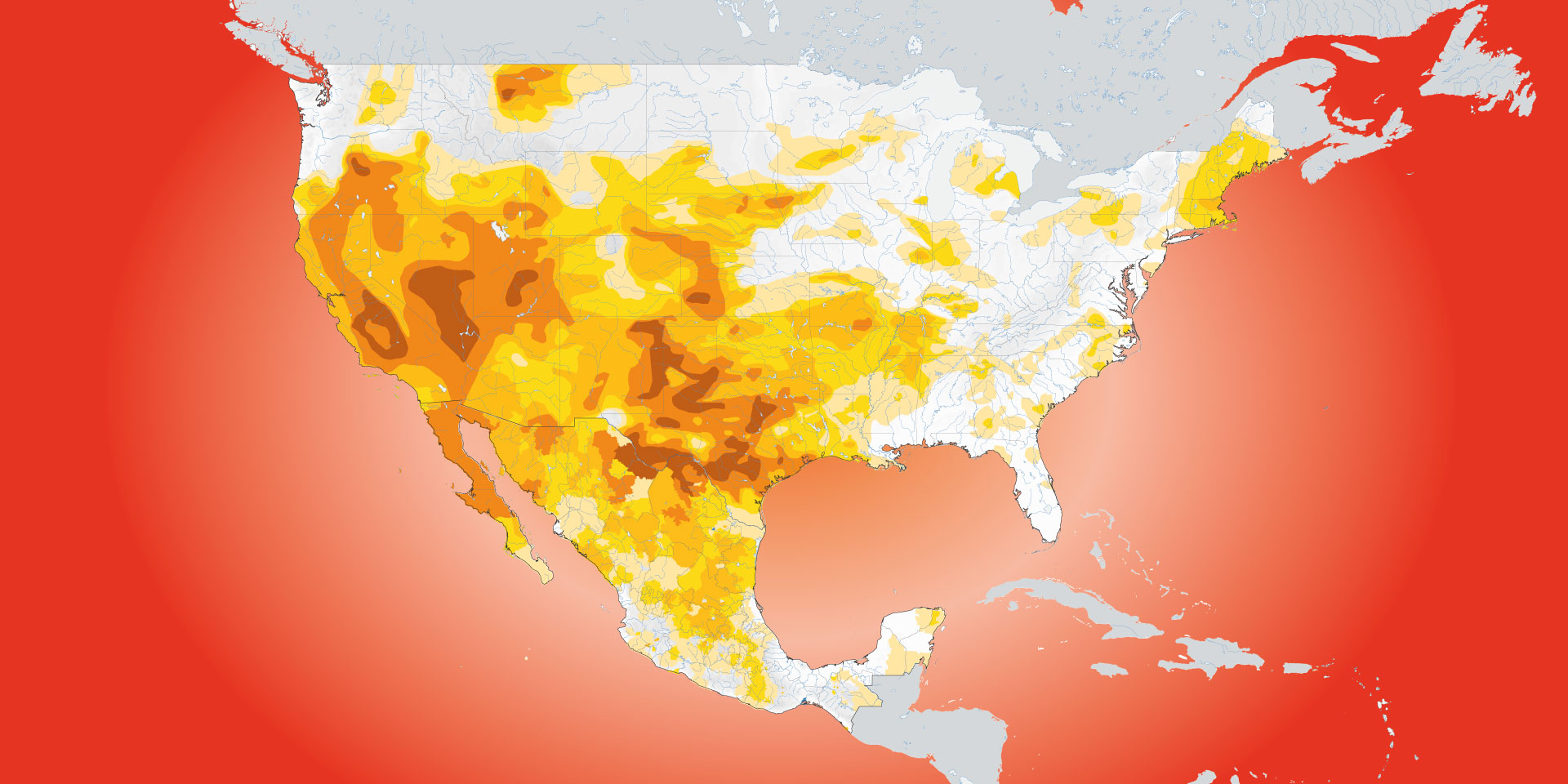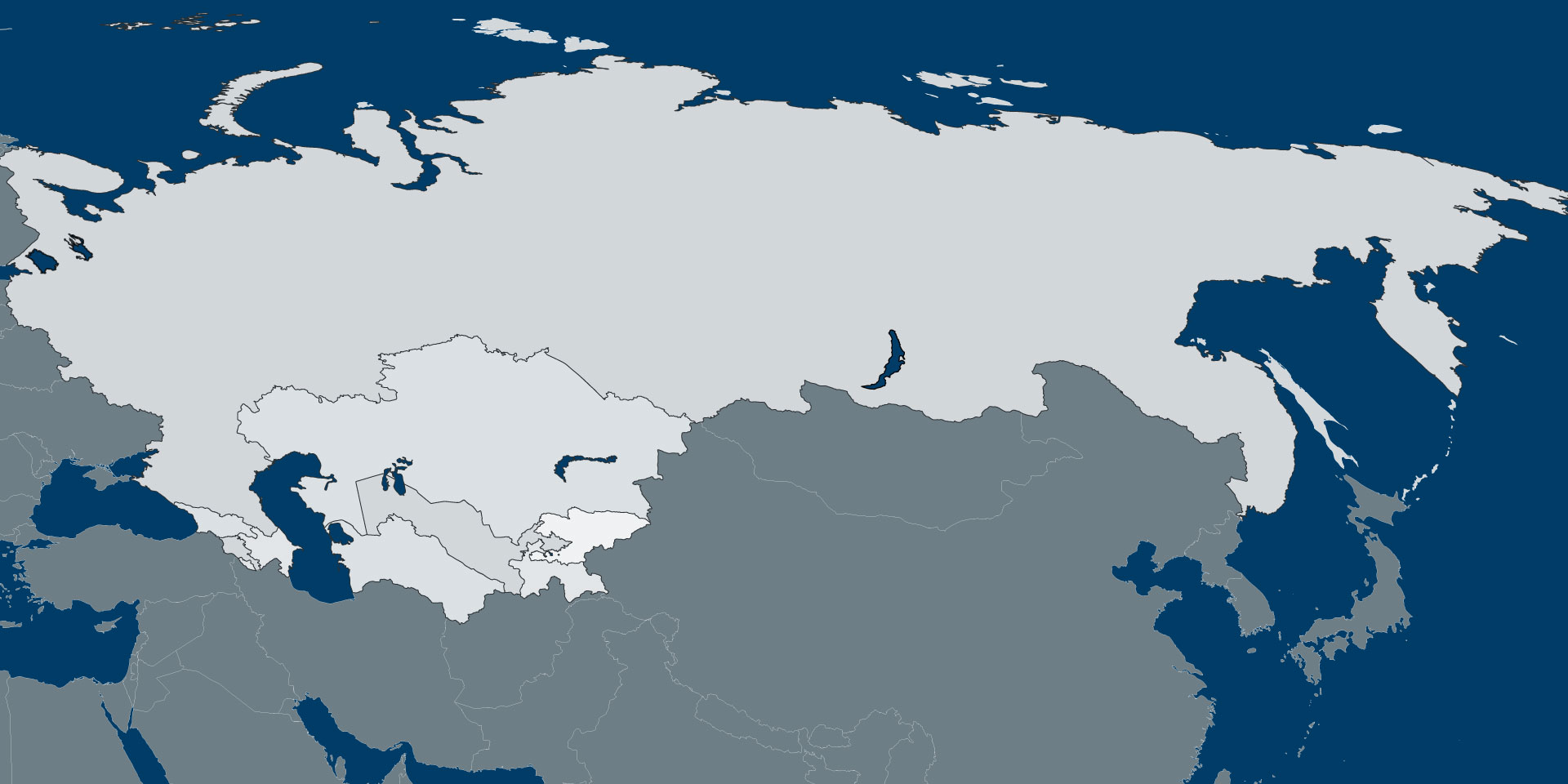[ad_1]
A national database has listed all those who’ve been reported missing in the country since 1964, and the tally continues to climb, amid ongoing drug gang violence and a lack of effective investigations.
To date, only 35 of the disappearances recorded since then have led to the conviction of the perpetrators, a “staggering rate of impunity”, said the UN High Commissioner for Human Rights.
Justice for families
In a statement, the UN human rights chief urged the authorities to continue to implement reforms and ensure justice for the victims and their families.
“The crime of enforced disappearances is one of the worst things, for the families, precisely because they never get closure and rarely sadly are bodies found,” said UN rights office spokesperson Liz Throssell.
“What is really important…is of course the steps that have been taken by the Mexican authorities, but as I have said, the High Commissioner is at pains to stress how important the role of families of the victims have been, to keep this issue at the forefront.”
According to Mexico’s database on disappeared individuals, about a quarter are women, and around a fifth were under 18 when they went missing.
The vast majority of cases where the date of disappearance is unknown – some 97 per cent – happened after December 2006, when Mexico transitioned to a militarized model of public security.
Tribute to the families
Ms. Bachelet also paid tribute to all the family members who have persevered over decades in pursuit of the truth and justice.
These individuals include Rosario Ibarra de Piedra, whose son Jesús Piedra Ibarra was forcibly disappeared in 1975. Mrs. Rosario, who died in April this year, helped to locate some 150 disappeared people alive and return them to their families.
“During my visit to Mexico in 2019, I was able to see first-hand the courage of the victims’ families, who were key actors in organizing and proposing solutions, and achieving legal and institutional progress towards recognizing the magnitude of this issue in Mexico,” the High Commissioner said.
Infamous Ayotzinapa disappearances
Mexico’s efforts to tackle the issue of its disappeared citizens include the adoption of the General Law on Disappearances, the creation of search committees in all states and the Extraordinary Mechanism for Forensic Identification.
A National Centre for Human Identification has also opened, along with committees to examine serious human rights violations that occurred between 1965 and 1990, in addition to the 2014 disappearance of 43 students from a rural teachers’ college in Ayotzinapa.
In 2018, a UN rights office report into the incident said that there were strong grounds to believe that that the investigation was marred by torture and cover-ups.
In addition, there were “solid grounds” to conclude that at least 34 individuals were tortured, based on the judicial files, including medical records of multiple physical injuries, and on interviews with authorities, detainees and witnesses.
UN investigation
In 2020, Mexico recognized the competence of the UN Committee on Enforced Disappearances (CED) to examine individual complaints. In June 2021, Mexico’s Supreme Court also recognized the binding nature of the CED’s Urgent Actions, which supports the right of each person affected by a disappearance to justice.
In November 2021, Mexico became the first country to accept an official visit by the Committee on Enforced Disappearances; it went to 13 Mexican states and held more than 150 meetings with authorities, victims’ organizations and NGOs.
[ad_2]
Source link
















